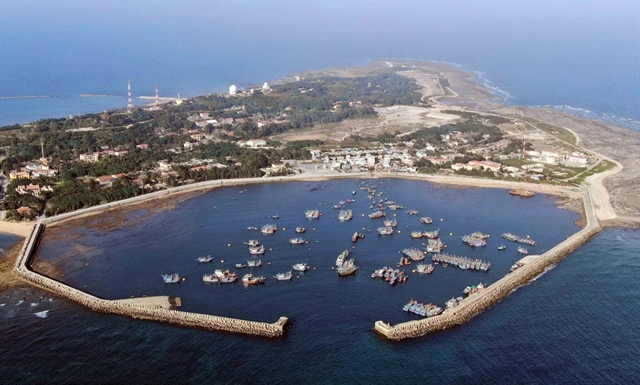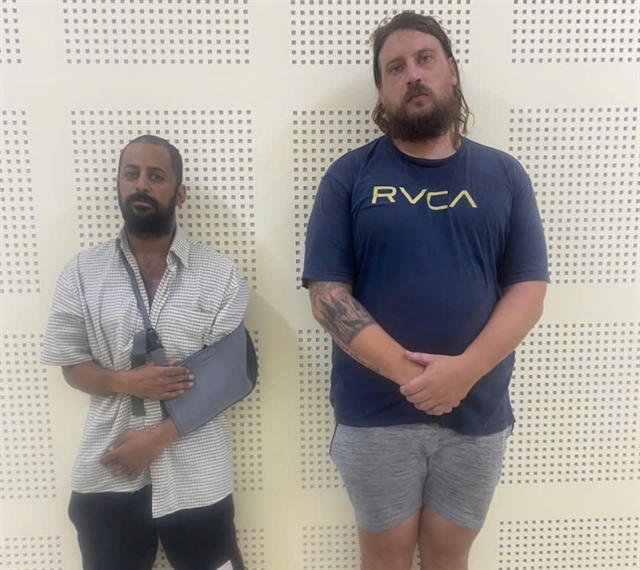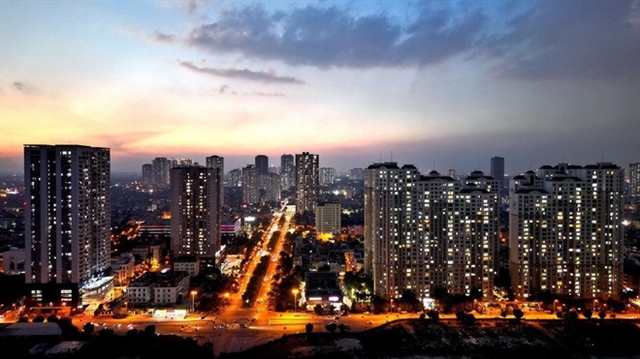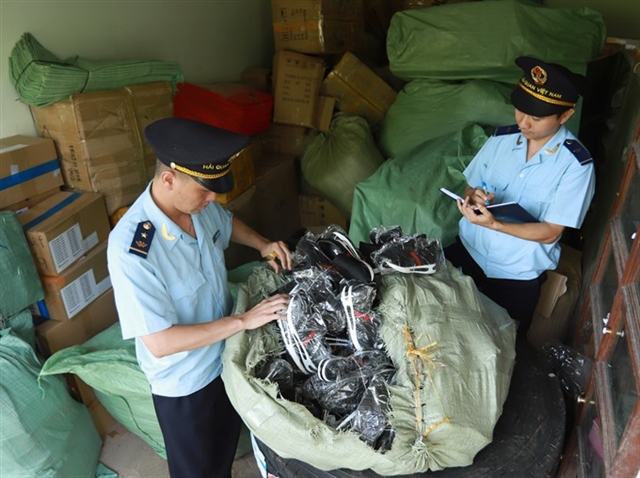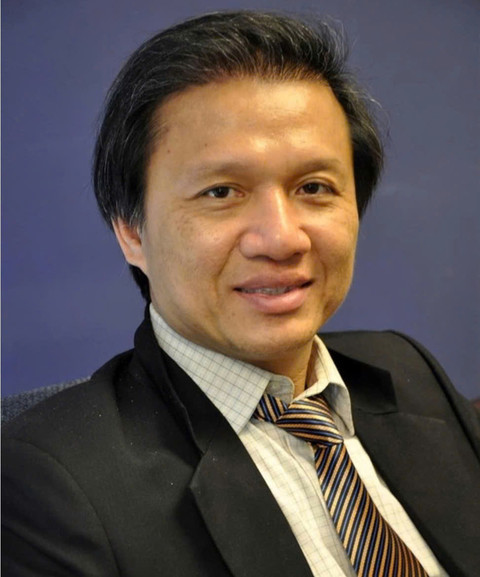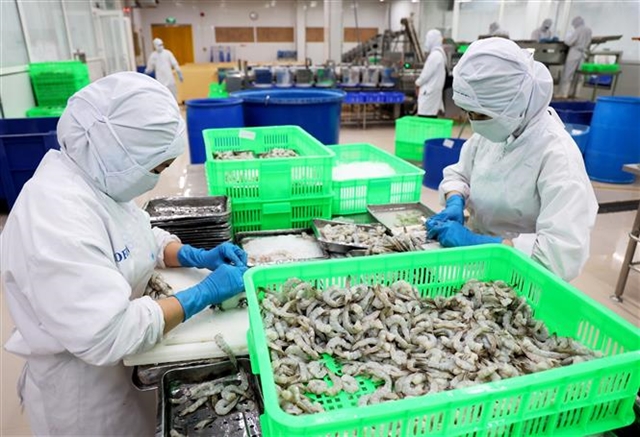 Society
Society

The recent massive fish deaths and waste water discharge in the central coastal region has demonstrated that industrial waste management is a worrisome problem, an official told a workshop held yesterday in Hà Nội.
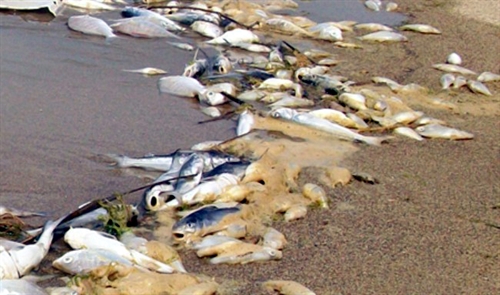 |
| Mass fish deaths at the Nước Trong reservoir in Sơn Hà District of the central Quảng Ngãi Province. Although the official cause of the mass fish deaths has yet to be released, the public suspects that steel and thermo-electricity projects along the coastline have had a direct impact on sea water. — Photo vtv.vn |
HÀ NỘI – The recent massive fish deaths and waste water discharge in the central coastal region have demonstrated that industrial waste management is a worrisome problem, an official told a workshop held yesterday in Hà Nội.
Addressing the Industrial Waste: Weaknesses in Management and Policy Recommendations workshop organised by PanNature, former Deputy Minister of Natural Resources and Environment, Prof. Đặng Hùng Võ, cited the case related to the Formosa Hà Tĩnh Steel Corporation (FHS) in the Vũng Áng Economic Zone in the central Hà Tĩnh Province.
Even within a similar management body, there existed different judgments about whether FHS should have been permitted to release wastewater through underground pipes, Võ said.
“In this case FHS was allowed to do so, so what happened if the management body failed to oversee the waste dumped into the environment?” he said, quoted by Vietnamplus.
“It was projected that wastewater from the project would flow into the Quyền River, but later it was released into the sea. Did the Hà Tĩnh Department of Natural Resources and Environment supervise the plant construction?”
Prof. Võ noted that though the official cause of the mass fish deaths had yet to be released, the public suspected that steel and thermo-electricity projects based next to the sea would have a direct impact on the sea water.
“I fear that we think more about economic development than we do about environmental protection. We may have thought of the latter, but we haven’t paid adequate attention to it,” he said. “The serious fish death incident has raised an alarm to monitor the country’s environmental protection.”
Deputy head of the Ministry of Industry and Trade’s Chemical Department, Nguyễn Xuân Sinh, who joined an inter-sectorial study tour examining the environment in Vũng Áng Industrial Park, said legal regulations and tools to supervise the environment were highly available, but the actual work remained limited.
Sinh said the investment into the waste treatment system was costly and its operation was complicated, so certain plants operated the waste treatment system during day time and then released wastewater secretly at night.
“In the case related to Formosa, I think we need the environment police or local people to act as intermediary,” he said.
In regard to environment planning, Sinh said quite a few localities were ignoring approved planning to sign and approve projects that are not included in the planning.
From the perspective of an environment management body, former deputy head of the Ministry of Natural Resources and Environment’s Pollution Control Department Trần Thế Loãn said the environment-monitoring tools failed to assess the environmental capacity in each region.
“A region might be able to accommodate a plant, but the addition of one more plant might damage the environmental capacity thereafter," Loãn said.
He added that the illegal and stealthy discharge of waste was true and the cases detected were lower than what actually occured.
“The practice depends on business ethics and responsibility towards the community.” — VNS

